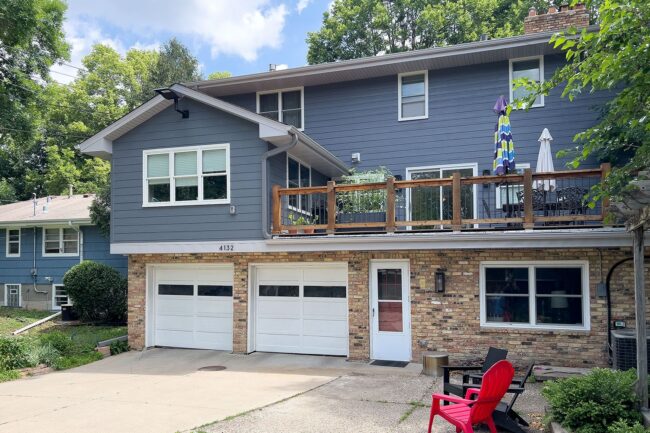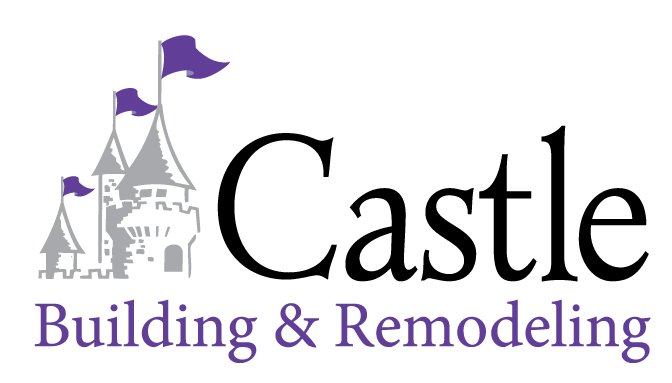What to Consider Before Finishing an Attic or Basement

Finishing your attic or basement is a fantastic way to unlock your home’s full potential. This project can transform unused or underutilized spaces into vibrant living areas, offices or entertainment rooms.
It provides more space to enjoy and significantly increases your property’s value. Investing in these renovations enhances your daily living experiences and is a wise financial decision that can pay off in the long run. With careful planning and design, your attic or basement can become one of the most beloved parts of your home.
1. Understanding Local Building Codes and Permits
Being aware of local regulations is crucial when finishing your attic or basement. Building codes ensure safety, accessibility and structural integrity. For example, rooms with sloped ceilings — like attics — have specific requirements. The ceiling must be 5 feet high, and 50% of the floor area must have a height of at least 7 feet.
These rules ensure the space is livable and comfortable. Contacting local building authorities early on is essential to navigate these regulations successfully and avoid potential setbacks. They can provide you with the necessary permit requirements and guidelines. This step ensures your project complies with all local codes, smoothing the renovation process and helping avoid costly mistakes.
2. Assessing Structural Integrity
Checking the structural soundness of your attic or basement before starting work is vital. This ensures your space can safely support the planned renovation. The foundation and framing are especially crucial, as they bear your home’s weight.
Consulting with a professional — like a structural engineer — can provide an expert evaluation of these elements. They can assess whether the existing structures are robust enough or if reinforcements are needed.
This evaluation guarantees safety and prevents future problems from overloading an unsuitable structure. This proactive step ensures the longevity and safety of your renovation project, protecting your investment and household members.
3. Planning for Insulation and Ventilation
Proper insulation maintains temperature control in your attic or basement, ensuring the space is comfortable and energy-efficient throughout the year. Before insulating, it’s essential to check for water seepage by taping a plastic sheet to the wall with duct tape and waiting for 48 hours — if condensation forms, you have moisture issues that need addressing.
Additionally, adequate ventilation prevents moisture buildup, which can lead to mold and mildew, posing health risks and structural damage. You create a safe, healthy and enjoyable living space by prioritizing insulation and ventilation.
4. Maximizing Natural Light and Windows
Incorporating natural light into your attic or basement can dramatically transform the space. Consider adding windows or enlarging existing ones to invite more sunlight in. Skylights are a fantastic option for attics, as they can flood the area with sunshine without compromising privacy or wall space. Consider installing egress windows for basements, which can also serve as safety exits.
These changes enhance the ambiance, making the space feel more open and welcoming and improving energy efficiency. Natural light reduces the need for artificial lighting during the day, cutting down on electricity bills.
5. Considering Electrical and Plumbing Requirements
Assessing the need for additional electrical outlets and plumbing ensures they meet the intended use of the space. Basements are more prone to flooding and water damage, so careful consideration must be given to plumbing to avoid future problems.
Hiring licensed professionals for electrical and plumbing work is essential, as they bring expertise in local codes, safety and efficiency to your project. These experts can also provide valuable insights on preventing water damage — like the installation of sump pumps or backwater valves — securing the functionality and safety of your renovation.
6. Choosing the Right Flooring
Choose materials that can withstand moisture and heavy use when selecting flooring for attics and basements. Options like vinyl plank, ceramic tile or specially designed cellar floor tiles are ideal due to their water resistance and durability. These materials can handle the damp conditions often found in basements and are easy to clean and maintain.
Engineered hardwood or laminate flooring can offer durability and a warm aesthetic in attics, where moisture may be less of a concern but temperature fluctuations are common. Engineered hardwood, in particular, is less susceptible to warping from temperature changes than traditional hardwood.
7. Addressing Safety and Accessibility
It’s essential to prioritize safety by including smoke and carbon monoxide detectors in your plan. These devices are crucial for detecting fires and gas leaks early, potentially saving lives.
Consider incorporating a secondary exit to provide a safe emergency escape route. It is imperative in small, confined spaces, which accounted for 71% of residential building fires from 2017 to 2019. Such statistics highlight the critical need for adequate safety measures in these spaces.
8. Designing for Functionality
Take a moment to envision how you’ll use the space. It can be a home office where quiet and privacy are key. It may also be a gym with your favorite workout machines and ample floor space for exercise. Another option is an extra bedroom, providing a cozy retreat for guests or a new family member.
Each purpose demands different considerations in terms of layout, lighting and ventilation. Imagining your daily activities in this new space helps you tailor the design to fit your needs perfectly. Think creatively and plan strategically to transform your attic or basement into a functional and enjoyable home extension.
9. Budgeting Wisely
Creating a realistic budget is crucial for completing your attic or basement project. It’s imperative to account for all potential costs, which can range from $50 to $150 per square foot for an attic renovation.
Remember to include a contingency fund for unexpected expenses, ensuring you’re ready for surprises. This proactive financial planning helps avoid stress and keeps your project on track, allowing you to focus on transforming your space.
10. The Value of Professional Help
Consulting with architects, designers and contractors brings invaluable benefits to your attic or basement renovation. These professionals possess the expertise to foresee potential challenges, suggest innovative solutions and ensure your project complies with local building codes.
Their guidance can streamline the renovation process, preventing costly mistakes and saving you time and money in the long run. Leveraging their skills and knowledge lets you achieve a high-quality finish that enhances your home’s value and functionality, making professional consultation a wise investment for any renovation project.
Planning for Success in Attic and Basement Transformations
Planning and considering all aspects carefully before diving into your attic or basement renovation is crucial. Each step — from ensuring structural integrity to consulting with professionals — is vital to the project’s success. Thoughtfully addressing these elements provides a smooth and successful transformation, turning your vision into a reality
